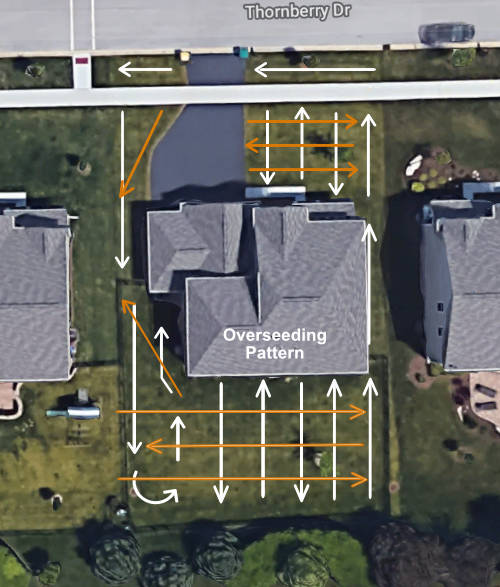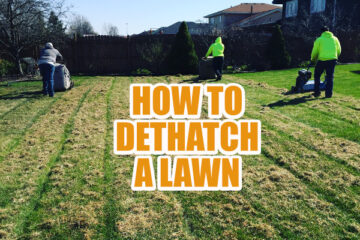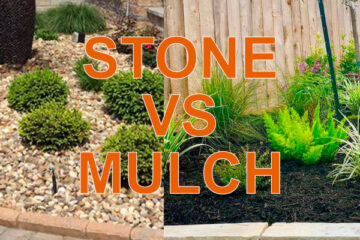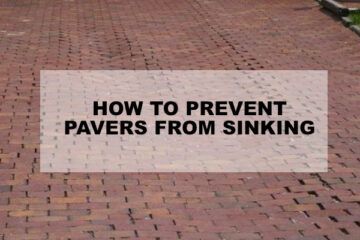How lawn overseeding rates impact your lawn repair success
While applying grass seed may seem like an uncomplicated task, there are a few things to keep in mind before getting started. The most common reason grass seedlings fail is because of over-application. It is wise to apply grass seed strategically for the best results.
Grass Seeds Need Space
Grass, like all other growing plants, need water, the sun and space to thrive. When grass seed is spread too thickly, the individual seedlings don’t get the needed space to grow properly. The competition between seedlings for nutrients and water causes some seeds to flourish and others to fail completely. This will result in a patchy lawn since it is impossible to guide which specific ones grow and which ones don’t.
Slow Germination
In order to germinate properly, seeds need access to the soil. With a thick application of seed, not all of them will touch the soil. This means they don’t even have the opportunity to grow and it means you are, in fact, wasting seeds. The over-application also makes it harder for the seeds that are touching soil to grow well since they have to struggle for soil contact. An appropriately seeded area takes 1-3 weeks to germinate while an over-seeded area will take much longer.
Formation Struggles
Seeds that have to fight for nutrients and space do not grow up to be lush and beautiful. Grass stems and blades will be thin and unable to hold up to regular foot traffic. The stress of the struggle to grow and the regular use of the area will overwhelm the grass and cause it to die off.
How to properly overseed your lawn
To get the best results, apply grass seed according to the recommended rate of 2-3 lbs per 1,000 sq. feet. Seeds should be spread evenly using a broadcast spreader over the well-fertilized and moist soil. Walk in one direction across your lawn using the spreader to distribute the seeds. Once you have completed one walk across, turn in a 90-degree angle and spread the seed again as shown in the picture below.

What type of grass seed to use in the Chicago area?
For most parts of Naperville, Aurora, Plainfield, and Oswego the recommended lawn grass seed type is a mixture of Kentucky bluegrass, fescue, and perennial ryegrass. We have been applying a 50/50 grass seed blend which contains 50% Kentucky bluegrass and 50% mixture of fescue and rye with great results. In simple terms, you want Kentucky bluegrass to be the dominant grass type in your lawn.
In the Plainfield – Naperville area, many home and property owners prefer to mix grass seed species because a diverse lawn is less affected by insects and disease. Newer grass types and species will adapt better to the changing weather conditions in the Chicago area.
When is the best time to overseed a lawn in the Chicago area?
Fall is the best time to overseed, followed by spring when temperatures are cooler.
We hope this gives you some ideas on how you can transform and repair your lawn and avoid overspreading grass seed that at the end, will make you waste time and money.
Looking for grass seed in Naperville?
Central Sod Farms – Good quality grass seed and sod in Plainfield, Illinois. Sod is sold to both, residential and commercial by the roll or by the pallet.
Russo Power Equipment – Good quality grass seed, fertilizer, and pesticides in Naperville, Illinois.
Siteone Landscape Supply – Good quality grass seed, fertilizer, pesticides, and irrigation products and parts. One of the most knowledgeable people in the Plainfield – Naperville area when it comes to lawn and landscaping.




